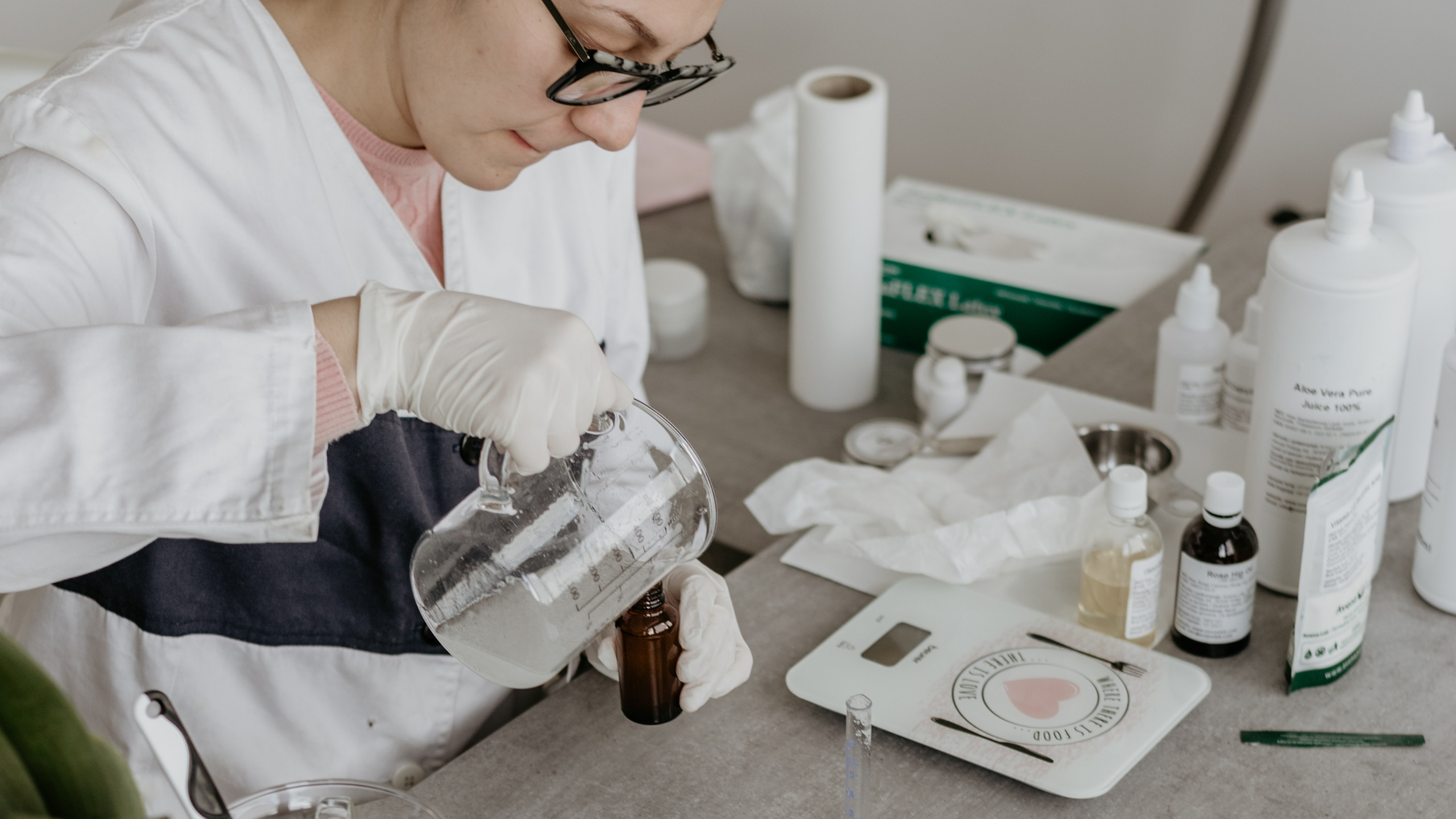Regulations
To place a cosmetic product on the EU market, the most important guidelines to follow are those of Regulation (EC) No. 1223/2009 of the European Parliament and of the Council. That document contains all the legal requirements that must be fulfilled before a cosmetic can be placed on the market, in particular those relating to composition, labeling, production, the necessary documentation, and safety.
Link to the full text of the Regulation: https://bit.ly/3GppQWr
First of all, you should get to know the definition of a cosmetic product. According to Article 2 of the Regulation, a “cosmetic product” means any substance or mixture intended to be placed in contact with the external parts of the human body (epidermis, hair system, nails, lips and external genital organs) or with the teeth and the mucous membranes of the oral cavity with a view exclusively or mainly to cleaning them, perfuming them, changing their appearance, protecting them, keeping them in good condition or correcting body odors. Knowing this definition is important not to cross the line of where your product would become a medical device or biocidal product, as these are subject to completely different regulations.
Responsible person
For every cosmetic, a responsible person must be appointed. It’s a natural or legal person who’s responsible for placing the cosmetic on the market. That person must be named on the cosmetic’s packaging along with their contact details. The indicated address is, pursuant to the Regulation, the place where all of the product’s documentation is kept, especially the Safety Report.
Private label
If you want to create a formulation and produce a cosmetic under your own brand, it’s best to go to a cosmetics manufacturer who offers private label services.
After you’ve prepared, in detail, all the guidelines on how your cosmetic is supposed to look, smell, and what properties it is to have, people experienced in composing formulations will help to create it in accordance with applicable laws and the latest standards. Once your idea has been reflected in final samples, you can move on to the next stage – testing, and creating the necessary documentation. A company that comprehensively deals with the process should also help to create relevant documentation.
Testing
Safety of any cosmetic product is confirmed by a Safety Report. This document is the culmination of product tests and of documentation of all the raw materials and packaging used in production. The Safety Report is prepared by a qualified Safety Assessor who additionally verifies correctness of the formulation, makes sure there are no prohibited substances in the composition, and checks the product labeling (graphic design).
Of all the tests that need to be performed, the one that takes the most time is the test for stability and compatibility of the mass with the target packaging. This test involves keeping samples of the cosmetic at an elevated temperature. It usually takes three months, but if temperature is additionally increased that time can be shortened. The purpose of the test is to demonstrate that the product does not react with the packaging and is stable after the period of time assumed by the manufacturer. A three-month stability test on a product at 40°C translates into the product’s shelf life of one year.
Another lengthy test is the product preservation effectiveness test – it lasts about four weeks. Some tests that are not required for placing the product on the market but still worth performing are dermatological and application tests. Dermatological testing will show whether the cosmetic is prone to cause skin allergies, whereas application testing will help to confirm the marketing claims that you want to put on the packaging.
An important aspect that is assessed when writing the Safety Report is correct labeling of the product, as well as the correctness and justifiability of any marketing claims (e.g. “soothes irritations”, “reduces skin dryness”). All information on how a product should be labeled can be found in Article 19 of Regulation (EC) No. 1223/2009. Marketing claims, on the other hand, must comply with the provisions of Regulation (EC) No. 655/2013.
Once your product has passed the safety assessment, it’s time for production.
Production
Production of a cosmetic should, first and foremost, be carried out in accordance with Good Manufacturing Practice (GMP). GMP is a unified set of rules that’s introduced in order to ensure a high level of health protection for both people who work at the production plant and the end user of the cosmetic. A production process is considered GMP compliant if it adheres to the ISO 22716:2009 harmonized standard. It’s not obligatory to comply with harmonized standards, but when the manufacturer shows you a certificate issued by a certification body you can rest assured that their company follows the rules of Good Manufacturing Practice.
Registration
Before the finished product that you’ve manufactured can be placed on the European market, there’s one more thing that needs to be done – it must be registered with the Cosmetic Products Notification Portal (CPNP). Data listed in the CPNP are made available to all control authorities.
When a cosmetic product is being placed on the market, there are no additional procedures that have to be carried out by any specific administration institutions. Full responsibility for the cosmetic product falls on the responsible person. Compliance of the product and its documentation with the law is controlled by the State Sanitary and Trade Inspectorates in Poland and by corresponding authorities in other EU countries.
Anna Kuczyńska
Technologist






